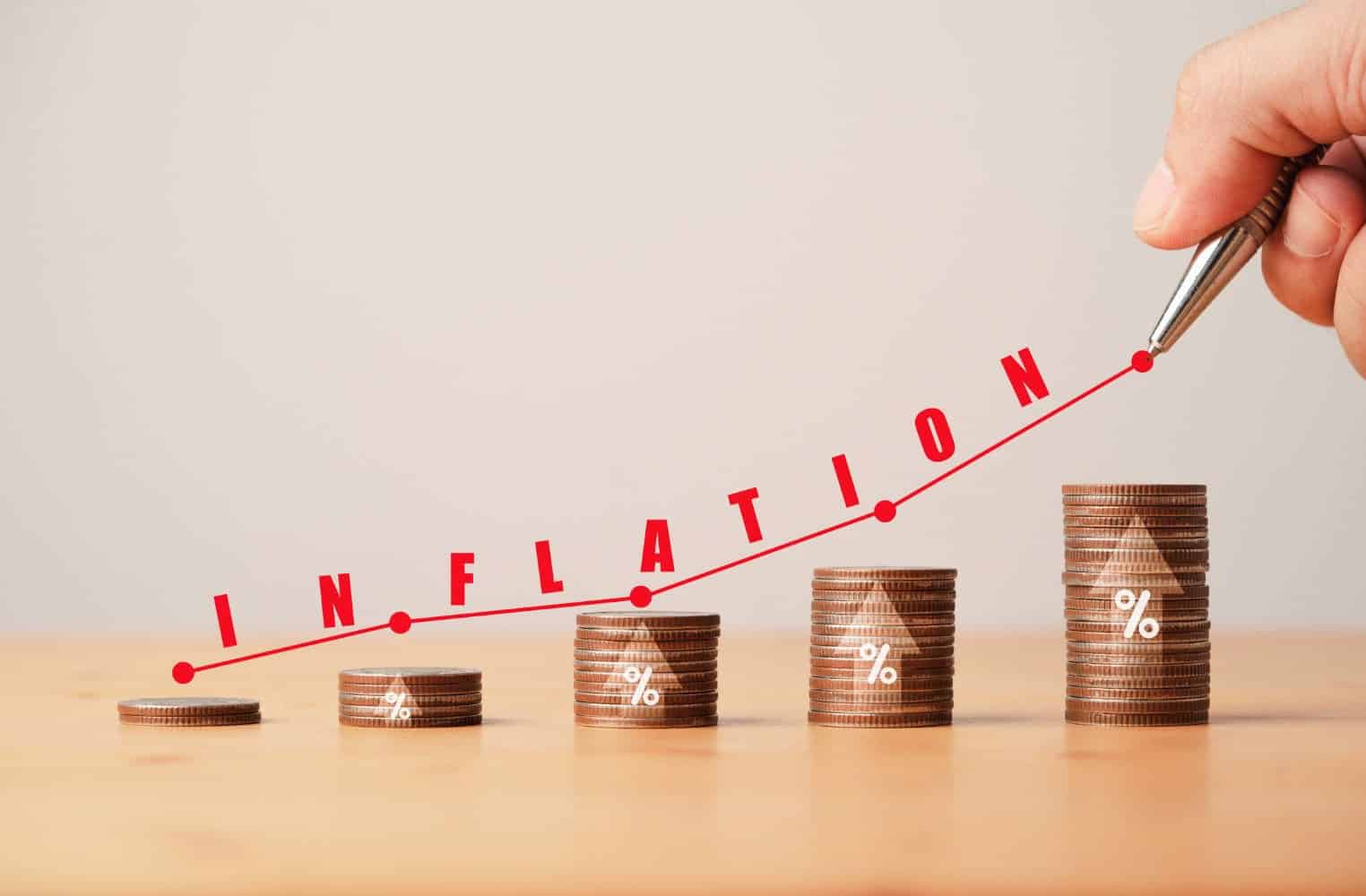The inflation rate was 3% in June, with food prices the main contributor to the increase.

The inflation rate only increased by 0.2% in June to 3%, but while this is low enough to support a repo rate cut when the Monetary Policy Committee of the Reserve Bank sits next week, economists think the repo rate will only be cut in September.
Jee-A van der Linde, senior economist at Oxford Economics Africa, says the uptick in South Africa’s inflation rate aligns with their view that prices are increasing steadily. “Even so, the headline rate is forecast to average 3.4% this year, contained below the 4.5% inflation target.
“The increase in headline inflation to 3.0% in June was in line with our forecast. This means that South Africa’s inflation rate averaged 3.0% during the first half of 2025. Meanwhile, the CPI index rose by 0.3% compared to the 0.2% increase recorded during May.”
Core price inflation dipped to 2.9% in June from 3.0% in May. The latest data also shows that goods inflation increased to 2.3% in June, while annual services inflation rose to 3.7% from 3.6% in May.
ALSO READ: SA inflation expectation lowest in three years
Main contributors to June inflation
The main contributors to the June inflation print were housing and utilities (+4.4%), food and non-alcoholic beverages (+5.1%) and alcoholic beverages and tobacco (+4.4%). Meat prices (+6.6%), especially beef, continued to sizzle in June as a result of the foot-and-mouth disease outbreak.
Fuel prices were 11.2% cheaper than in June last year. However, Van der Linde points out, fuel costs recorded a sharp increase in July, which will place additional pressure on overall prices in the second half of the year.
“Fuel price data from the Central Energy Fund (CEF) indicates that petrol prices are set to tick lower in August, while diesel costs should rise further. The overall inflation rate is estimated to quicken to 3.5% in July, reflecting the impact of 2025 municipal rate increases.”
Van der Linde says the latest data print does not alter their inflation outlook. “We forecast inflation will average 3.4% in 2025 compared to 4.4% in 2024. Although headline inflation will drift higher throughout the second half of 2025 due to base effects, the overall outlook remains benign.
“We forecast a 25 basis points repo rate cut in the third quarter, followed by another incremental cut in the first quarter of 2026. This implies that the South African Reserve Bank (Sarb) will likely hold rates steady during next week’s meeting and lower interest rates in September.”
ALSO READ: Surprise that all MPC members were in favour of repo rate cut
FNB: inflation at 3.6% in July, repo rate cut in September
Koketso Mano, senior economist at FNB, says with an update of today’s data, they see headline inflation increasing to 3.6% for July, with monthly inflation of 1.0% which will reflect higher utility costs. “In addition, there should be monthly pressure on food prices that will not be mitigated by fuel price deflation, as in the past few months.
“Instead, fuel costs will also add upward pressure to monthly headline inflation. Positive base effects will also fade, assisting the lift in inflation over the coming months. However, headline inflation should remain contained around the midpoint of the target range.
“Soft inflation will be supported by weak oil prices, a stronger rand and a slow recovery in economic activity. We forecast headline inflation to average 3.5% this year.”
Mano points out that contained inflation expectations are good for the Sarb to continue its cutting cycle. “We think there is space for one more 25 basis point cut in this cycle before rising inflation holds monetary policy steady.
“We currently predict that the cut will be in September, given a contentious trade environment that could weigh on sentiment, the cost of borrowing and the rand. However, the dollar’s weakness as well as terms of trade gains from higher precious metal prices supported a stronger rand and this could neutralise the fears of the Monetary Policy Committee (MPC) surrounding global dynamics, choosing instead to focus on a benign local environment.
“Therefore, we could see an earlier cut which would come through in the July meeting next week.”
ALSO READ: Inflation stays low but expected to increase over coming months
Possible repo rate cut next week
Busisiwe Nkonki and Johannes (Matimba) Khosa, economists at the Nedbank Group Economic Unit, forecast inflation to still trend higher during the second half of the year, mainly driven by food and fuel prices.
“Food prices will continue to normalise off a low base, although the upward pressure will be partly contained by favourable weather conditions, which boosted this season’s harvests. However, the foot-and-mouth disease outbreak in some provinces will likely increase meat prices as shortages intensify in the coming months.
“The price of Brent crude increased in the past month due to concerns that the conflict in the Middle East would disrupt supply chains. However, the oil price since moderated to around $70 a barrel and a resilient rand offset the effect of the short-lived increase to $80.
“These two factors (rand and oil prices) remain the biggest concerns for the inflation outlook, due to the volatile geopolitical developments and the uncertain global economic environment. Despite the expected rise in the coming months, inflation will remain relatively subdued, averaging around 3.5% in 2025.”
Nkonki and Khosa say they believe that factors such as the benign inflation outlook and muted domestic demand, will convince the MPC to cut interest rates by 25 basis points next week. “However, the MPC’s decision will also be influenced by the US Fed’s decision in the same week. Therefore, there is a chance that the MPC could delay the cut to September.”






